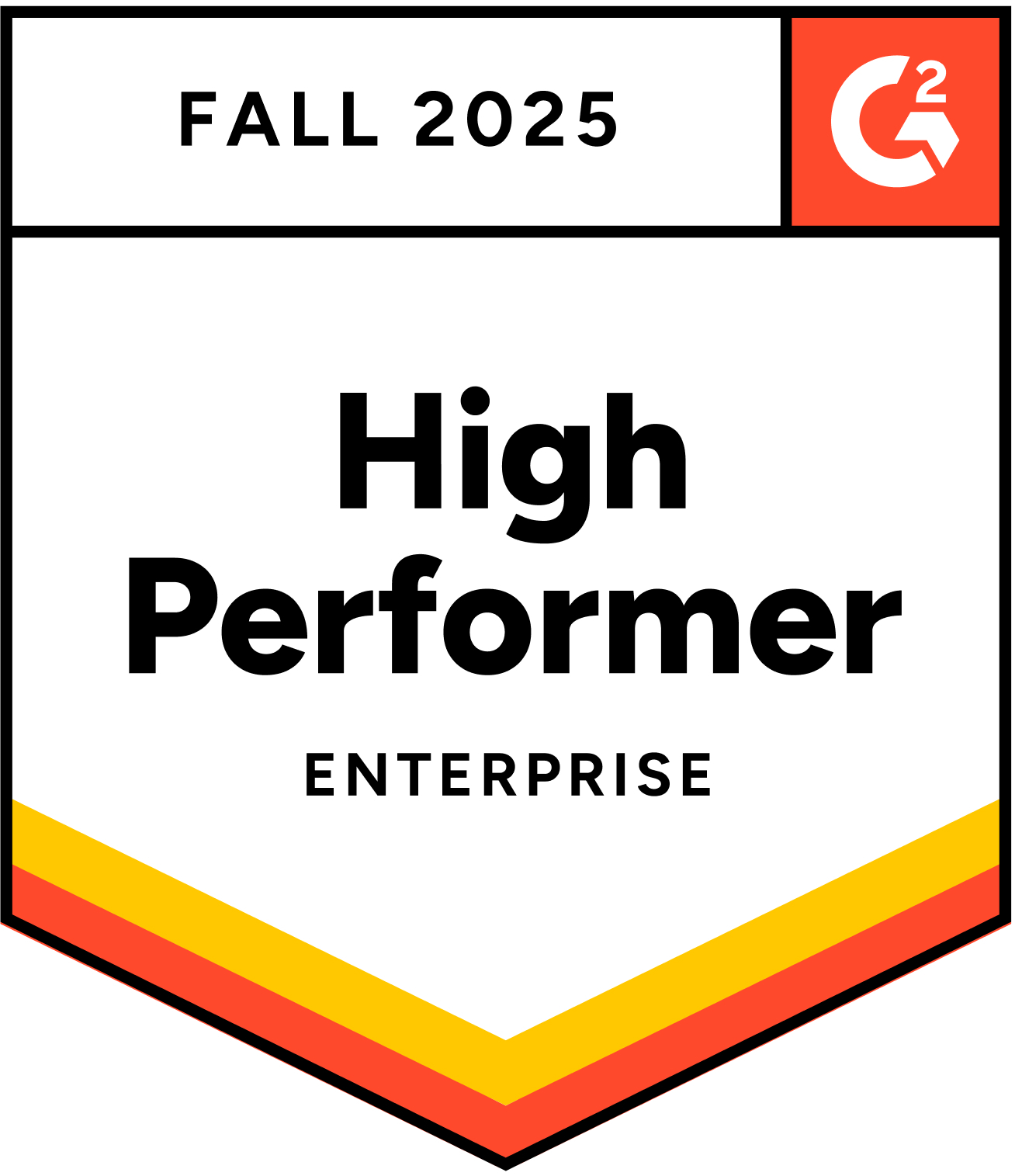Technological advancements continue to shape various industries and recruitment is no exception in today’s fast-paced world. The traditional recruitment process often involves significant manual efforts, making it time-consuming and less efficient. However, the industry is undergoing a transformative shift with automation and AI-driven technologies paving the way.
In this article, we will delve into the realm of automated talent sourcing, exploring what it is, its importance in 2024, how to utilize automation effectively, benefits, drawbacks, and expert tips. Let’s unlock the potential of automated talent sourcing and elevate your recruitment strategies.
Content:
What Is Automated Talent Sourcing?
Automated talent sourcing is a modern approach to finding the right candidates for job positions using technology and software.
Instead of manually going through numerous resumes and applications, automated talent sourcing relies on specialized algorithms and tools that can quickly and efficiently filter, sort, and prioritize potential candidates based on specified criteria.
This process significantly speeds up recruitment, saves time, and helps companies find the most suitable candidates for their job openings. It’s like having a smart assistant that helps recruiters identify the best fit for a job from a large pool of applicants.
Why Is Automated Talent Sourcing Important in 2024?
Automated talent sourcing is crucial in 2024 due to the rapidly evolving job market and technological landscape. In today’s competitive world, businesses must move swiftly to secure the best talent. Automated talent sourcing utilizes advanced technology like AI and machine learning to expedite the hiring process. This saves time and ensures that the hiring process remains efficient and effective.
Moreover, in 2024, the demand for skilled professionals will remain exceptionally high. Manual recruitment processes may struggle to keep up with this demand, leading to delays in hiring and the potential loss of top talent to competitors. Automated talent sourcing streamlines candidate identification, assessment, and engagement, ensuring organizations can swiftly identify and attract the right candidates.
Additionally, automation reduces the likelihood of human bias in the hiring process, promoting a fair evaluation of candidates based on skills, experience, and qualifications. This results in a more diverse and inclusive workforce, a critical aspect of modern businesses.
How to Use Automation in Talent Sourcing
Here’s a detailed explanation of how to effectively use automation in talent sourcing.
Automated candidate scoring
Automated systems use predefined criteria to assign scores to candidates based on their qualifications, experience, and other relevant factors. This allows recruiters to focus on high-scoring candidates, streamlining the selection process.
AI-powered resume screening
AI algorithms analyze resumes to identify candidates whose skills, experiences, and qualifications align closely with the position’s requirements. This process saves time and ensures that only the most suitable candidates move forward in the hiring process.
Chatbots for initial engagement
Chatbots can be employed to engage with candidates during the initial stages of recruitment. They handle inquiries, provide necessary information about the job and the company, and create a personalized and seamless experience for candidates.
Automated outreach and follow-up
Automation handles the outreach to candidates and subsequent follow-ups throughout the recruitment process. Automated emails and messages ensure that candidates are informed and engaged, enhancing their overall experience.
Candidate relationship management (CRM) automation
Here, automation is utilized to manage and nurture relationships with candidates. This includes personalized communication, updates about the recruitment process, and feedback loops, ensuring a positive candidate experience and maintaining a talent pool for future opportunities.
Data mining and predictive analytics
Automated tools can use extensive data to identify patterns and predict candidate suitability and hiring trends. This data-driven approach enhances decision-making and allows for a more informed recruitment strategy.
Interview scheduling
Automation simplifies the process of scheduling interviews by considering candidate availability and preferences. This ensures a smoother interview process and avoids scheduling conflicts.
Feedback and reporting
Automation collects feedback from various stages of the recruitment process and compiles comprehensive reports. These insights are valuable for improving the recruitment strategy, identifying areas for enhancement, and making data-driven decisions.
Automated targeting for job ads
Automation optimizes the targeting of job advertisements, ensuring they reach a larger and more relevant pool of candidates. This enhances the effectiveness of recruitment campaigns and attracts candidates with the desired skill sets.
In a job market that is always changing, keeping up with these methods and trends will help you understand automated talent sourcing in a way that will bring in good candidates and help your team grow.
This is where Joveo comes in to get your job ads in front of the right people – at the right place and time, for the right price! With our AI-driven approach and campaign automation, you can spend with precision on sources that deliver.
Discover the power of our game-changing, end-to-end talent-sourcing platform.
See us in action to boost your company’s productivity. Follow us on Twitter and LinkedIn for more hiring insights!
Benefits of Automation in Talent Sourcing
Automating talent sourcing in recruitment brings numerous advantages, revolutionizing how businesses identify and engage potential candidates. Here are the key benefits.
Efficiency
Automation streamlines the recruiting process by swiftly sorting through many applications and resumes. This enables recruiters to focus their efforts on engaging with the most promising candidates, saving time and resources.
Cost-effectiveness
By reducing the time spent on manual tasks, automation ultimately lowers the costs associated with the hiring process. This includes expenses related to human resources and the overall operational costs of recruitment.
Enhanced accuracy
Automated systems employ algorithms to evaluate candidates based on predefined criteria, ensuring a standardized and accurate assessment. This eliminates the potential for human bias and enhances the precision of candidate selection.
Improved candidate experience
Automation allows for prompt communication with candidates, providing updates on their application status and next steps. This immediate and consistent engagement contributes to a positive candidate experience, bolstering the company’s employer brand.
Increased reach
Automated targeting ensures that job postings reach a larger and more relevant audience. A wider reach is more likely to attract a more diverse pool of candidates with the desired skill sets, improving the chances of finding the best fit for the job.
Perfect your talent sourcing with community outreach, DE&I events, employee referrals, and more.
Make Successful Talent Sourcing a Reality!
Disadvantages
While automated talent sourcing offers significant advantages, it’s essential to acknowledge and understand its potential drawbacks.
Initial implementation costs
Implementing an automated talent sourcing system often requires a substantial initial investment. This includes costs associated with software procurement, customization, training, and integration with existing systems. This cost can be a significant barrier for small businesses or startups with limited budgets.
Lack of personalization
Over-reliance on automation may result in a lack of personal touch in candidate interactions. Automated systems can sometimes miss the nuances of personal communication crucial for candidate engagement. Candidates might feel detached or undervalued if their interactions are entirely automated, potentially impacting their perception of the company.
Technical challenges
Automated systems are dependent on technology and software. Technical glitches, system downtimes, or errors in algorithms can hinder the efficiency of the talent sourcing process. Recruiters need to be well-versed in troubleshooting and managing these challenges.
Risk of overlooking quality candidates
Automated systems follow predefined criteria for candidate selection. In some cases, highly qualified candidates who don’t precisely match these criteria may be overlooked. This may mean that organizations miss out on exceptional talent that could have been a valuable addition to the organization.
Pro Tips
To optimize the benefits of automated candidate sourcing, consider the following expert tips.
Combine human insight with automation
While automation streamlines tasks, human intuition and understanding are irreplaceable. A blend of technology and human insights ensures a more comprehensive evaluation of candidates and better decision-making.
Regularly update algorithms
Stay current with advancements in automation technology. Algorithms and AI models evolve rapidly. Regularly update and fine-tune your automation systems to align with industry trends and ensure optimal performance.
Monitor and evaluate performance
Continuously monitor the performance of the automated talent sourcing system. Collect data on its effectiveness, including candidate quality, time efficiency, and cost effectiveness. Analyze this data to make informed decisions and improvements to the automation process.
Maintain a human connection
Despite automation, maintain a human connection with candidates. Ensure that automated communications are personalized and empathetic. A thoughtful, human touch can enhance the candidate experience, even in an automated process.
Customize automation to suit needs
Tailor the automation system to the specific needs and goals of your organization. Different businesses have unique recruitment requirements, and a one-size-fits-all approach may not be effective. Customize the automation process to align with your company’s culture, industry, and recruitment objectives.
Conclusion
Automated talent sourcing is a game-changer in recruitment, promising a paradigm shift in how companies discover and engage potential candidates. As we venture into 2024, and the competition for skilled professionals intensifies, the need for swift and efficient hiring processes has never been more critical.
The advantages of this innovative approach are manifold. It significantly expedites candidate identification, assessment, and engagement, enabling organizations to pinpoint the most suitable candidates swiftly.
This efficiency, coupled with cost-effectiveness, amplifies the overall productivity of the recruitment process. Moreover, accurate and unbiased candidate evaluation ensures the selection of the best fit for the job, promoting diversity and inclusivity within the workforce.
However, it’s essential to recognize potential drawbacks, such as initial implementation costs and the risk of depersonalizing the recruitment process.
In navigating this new era of recruitment, our expert tips underscore the importance of maintaining a human connection, regularly updating algorithms, and customizing automation to align with organizational needs. A thoughtful fusion of technology and human expertise will undoubtedly pave the way for a more effective and enriching talent acquisition process.
Automated talent sourcing is more than a modern tool; it’s a strategic imperative that, when harnessed wisely, can elevate recruitment strategies, drive organizational growth, and ensure a brighter future for both employers and job seekers alike.
FAQs
What is automated sourcing?
Automated sourcing involves utilizing technology-driven solutions to streamline and enhance the talent acquisition process. It encompasses automating tasks such as candidate screening, engagement, and relationship management, making the recruitment process more efficient and effective.
What is the automated recruitment process?
The automated recruitment process utilizes automated tools and AI algorithms to manage various stages of recruitment. This includes candidate sourcing, screening, engagement, and reporting. Automation helps expedite the hiring process and ensures a standardized approach to candidate evaluation.
What is RPA in talent acquisition?
In talent acquisition, RPA, or robotic process automation, automates repetitive and rule-based tasks within the recruitment process. By automating tasks like data entry, scheduling, and candidate communication, RPA enhances efficiency and accuracy in recruitment operations.
What are the three types of sourcing?
In talent acquisition, there are three primary types of sourcing:
Proactive sourcing: Identify and engage potential candidates before job openings are available.
Reactive sourcing: Responding to immediate hiring needs, often triggered by a current job opening.
Strategic sourcing: Aligning sourcing efforts with long-term organizational goals and workforce planning.
How is AI used in sourcing?
In sourcing, AI is used to automate various candidate evaluation and engagement aspects. AI can screen resumes, match candidates with job requirements, predict candidate suitability, and analyze large amounts of data to identify trends and patterns, enhancing the efficiency and effectiveness of the sourcing process.
What are ATSs and VMSs in recruitment?
Applicant tracking system (ATS): ATS software streamlines the recruitment process. It assists in job posting, candidate tracking, resume management, interview scheduling, and communication with candidates, providing a centralized platform to manage the hiring pipeline.
Vendor management system (VMS): VMS software facilitates the procurement and management of contingent labor and services from external vendors. It helps manage vendor contracts, track performance, and ensures compliance with procurement policies and regulations.















